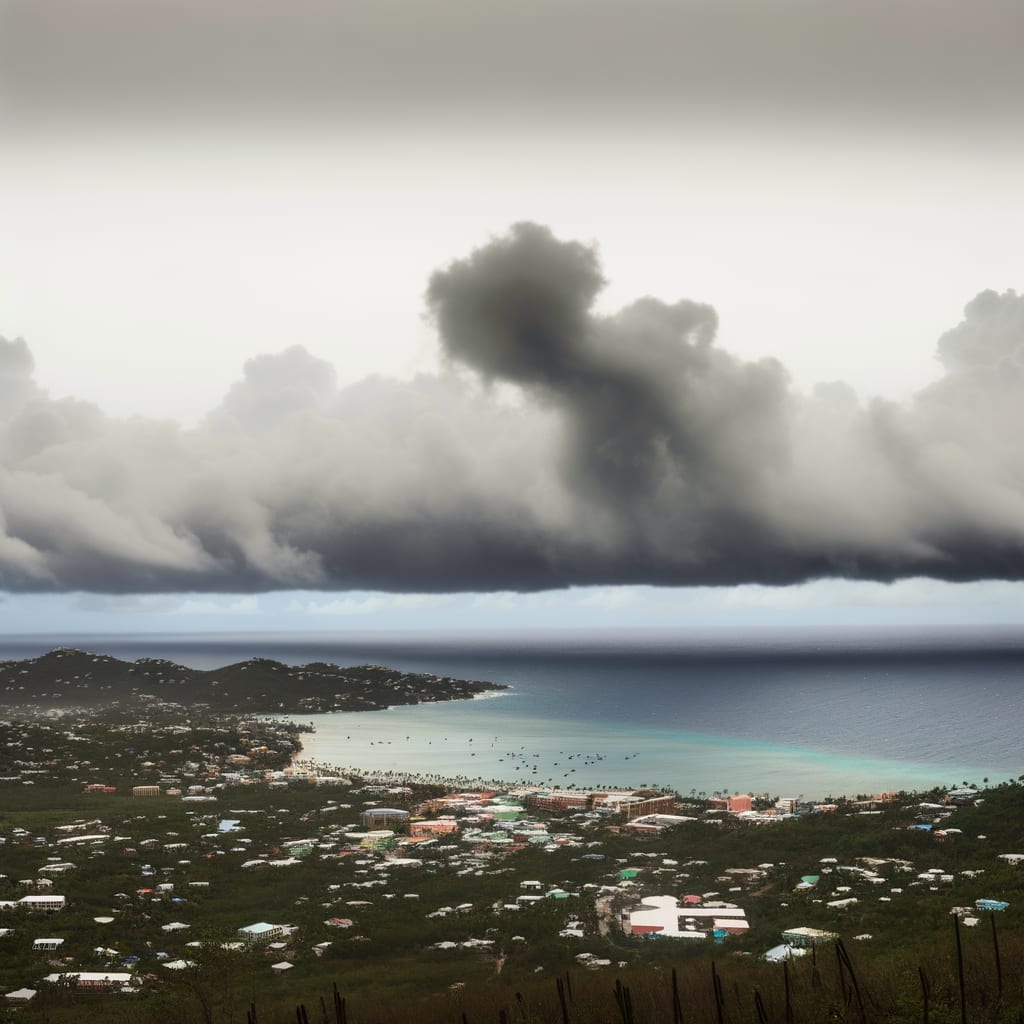Hurricane Erin Rapidly Intensifies to a Potentially Catastrophic Category 5 Storm
Hurricane Erin, the first hurricane of the Atlantic season, has seen a rapid increase in strength, intensifying from a Category 2 to a Category 5 storm over the weekend. The hurricane, initially projected to escalate over the weekend, exploded in power and tripled its speed in a span of 24 hours. Although it's not currently forecasted to hit land, it has been lashing the Caribbean with high winds and heavy rain, prompting warnings of potential flooding and landslides.
Background and Context
Erin is the Atlantic season's first hurricane and its sudden escalation in power has caught attention worldwide. The storm has been continuously escalating over the weekend, with meteorologists from Deutsche Welle noting its intensification from a Category 2 to a Category 5 storm. This rapid strengthening of the storm has been confirmed by other international news outlets including BBC News and Sky News World.
Key Developments
Erin's winds have reached speeds of up to 160 mph (approximately 250 km/h) as it nears the Caribbean. Despite not being forecasted to hit land, its strong winds are affecting nearby islands. The National Hurricane Center (NHC), based in Miami, said that Erin is expected to eventually swerve away from the US, though it could still cause dangerous waves and erosion in places such as North Carolina.
The 'extremely powerful' storm 'explosively deepened and intensified' overnight,
BBC News reported, echoing sentiments expressed by other news outlets about the storm's surprising escalation.
Forecasts from The Hindu and The Guardian warn of possible flooding, landslides, and mudslides in the northeast Caribbean due to the heavy rain and strong winds. The storm has been described as a catastrophic
Category 5 storm by Japan Times as it continues to churn over the Atlantic.
Implications or Reactions
Despite the escalating power of the storm, there appears to be a receding threat of direct impacts in the Bahamas and along the east coast of the US, according to Deutsche Welle. However, the storm's center threatens to dump flooding rains in the northeast Caribbean, as it continues to grow larger, warns The Hindu.
Conclusion and Current Status
As of now, the storm continues to progress towards the Lesser Antilles, a region consisting of the U.S. Virgin Islands, British Virgin Islands, and Puerto Rico, as reported by Le Monde. Despite the storm's rapid escalation in strength, meteorologists have expressed confidence that Erin will remain well off the U.S. coastline. However, the situation is being closely monitored, given the storm's unpredictable nature and the potential for serious harm to the Caribbean islands.

